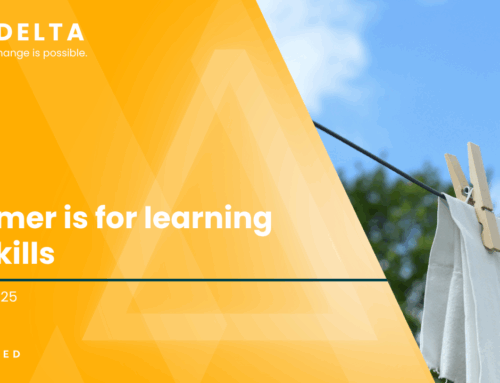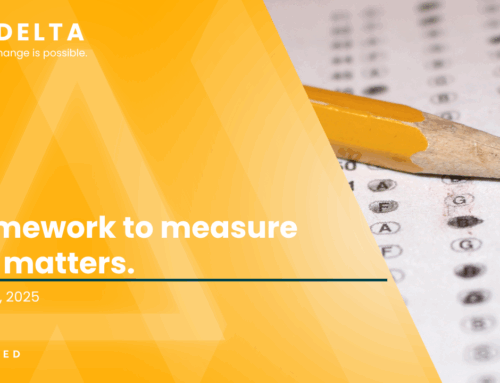The Delta Issue #25
The Best Education Tools Don’t Always Wins
By: Jessica Baghian
Everyone who has taught knows the feeling. Every week, there’s a new tool, a new platform, a new service claiming to make your life easier. With so many options, so little time, and often no clear way to tell what actually works, it’s no surprise approximately 2 out of every 3 EdTech licenses sit unused.
Every company says they have the next game-changing tool for schools. But most of the time, the best products aren’t the ones with the flashiest sales pitch; they’re the ones that actually make teachers’ lives easier and help kids learn.
The average teacher in America today uses over 40 educational products and services over the course of a school year. Some of these tools measurably improve the classroom experience for kids and teachers, but many don’t — and the ones that work best for kids aren’t always the ones that achieve scale. Too many organizations with transformative ideas for kids get stuck navigating the politics and bureaucracy that influence public education.
The 3 Most Common Mistakes Education Vendors Make:
MISTAKE #1: Not knowing how the product fits into the implementation chain.
Too often, vendors create tools without thinking about the entire system needed to make them successful. Imagine a company builds an incredible new reading app that improves literacy rates. Teachers love it, but they’re expected to implement it on top of everything else they already do, without training or support. Principals may like the idea, but if they’re not given a roadmap for integrating it into the school’s existing structure, it just becomes another tool that sits unused. Meanwhile, district leaders may have no idea when or how it’s being used or whether it’s improving literacy rates across schools.
Vendors need to think beyond just making a great product — they need to ask: How does this tool fit within the curriculum and work alongside existing resources? When and how should it be used throughout the school day to maximize impact? And is it meant for all students or designed for specific groups? Answering these questions early on can mean the difference between a great product and one that never gets off the ground.

Without a clear plan for how the product moves from district approval to classroom adoption, even the best tool won’t reach students. Vendors need to consider not just how a tool fits into an individual classroom, but how it moves through the entire education ecosystem.
MISTAKE #2: Not understanding the politics, policy and funding mechanisms in target states.
Education is hyperlocal and will continue to be. That means people building products need to understand each state’s politics, policy, and funding mechanisms. Vendors need to analyze these factors — state by state — in order to be strategic about their growth and avoid barriers that could limit their reach.
What works in one district might not even be allowed in another. Each state has different rules, funding structures, and curriculum requirements that determine what tools can be used in classrooms. A product that’s a perfect fit in one state might be completely off-limits somewhere else. Successful vendors take the time to do their homework — understanding state regulations, funding pathways, and how schools actually make purchasing decisions.
MISTAKE #3: Not measuring adoption and impact.
Many vendors focus on sales rather than whether their product is actually being used as intended — or if it is actually improving student learning. There are many reasons for this, but one of the biggest is that investors prioritize revenue over adoption or usage.
Without clear data on how teachers and students engage with a tool, vendors miss critical insights that could help refine their product, improve training and support, and ultimately make a bigger difference in classrooms. The best vendors don’t just sell their product, they track engagement, measure student outcomes, and continuously iterate to make sure their tool is valuable to schools.
Why This Matters for Students
At the end of the day, this isn’t about products: it’s about students. A tool isn’t great because it looks good on paper. It’s great if it actually helps teachers teach and kids learn. The best vendors understand that their role goes beyond sales; they are an extension of the education system itself.
So here’s the real question: If you’re building an education product or service, are you making something that truly helps teachers and students? Or just adding to the noise?
Let’s Get Muddy
If you are/were a classroom teacher, what determines whether you use a tool or not?
And if you’re a state or district leader, what do you wish vendors knew about how to win contracts with you?





